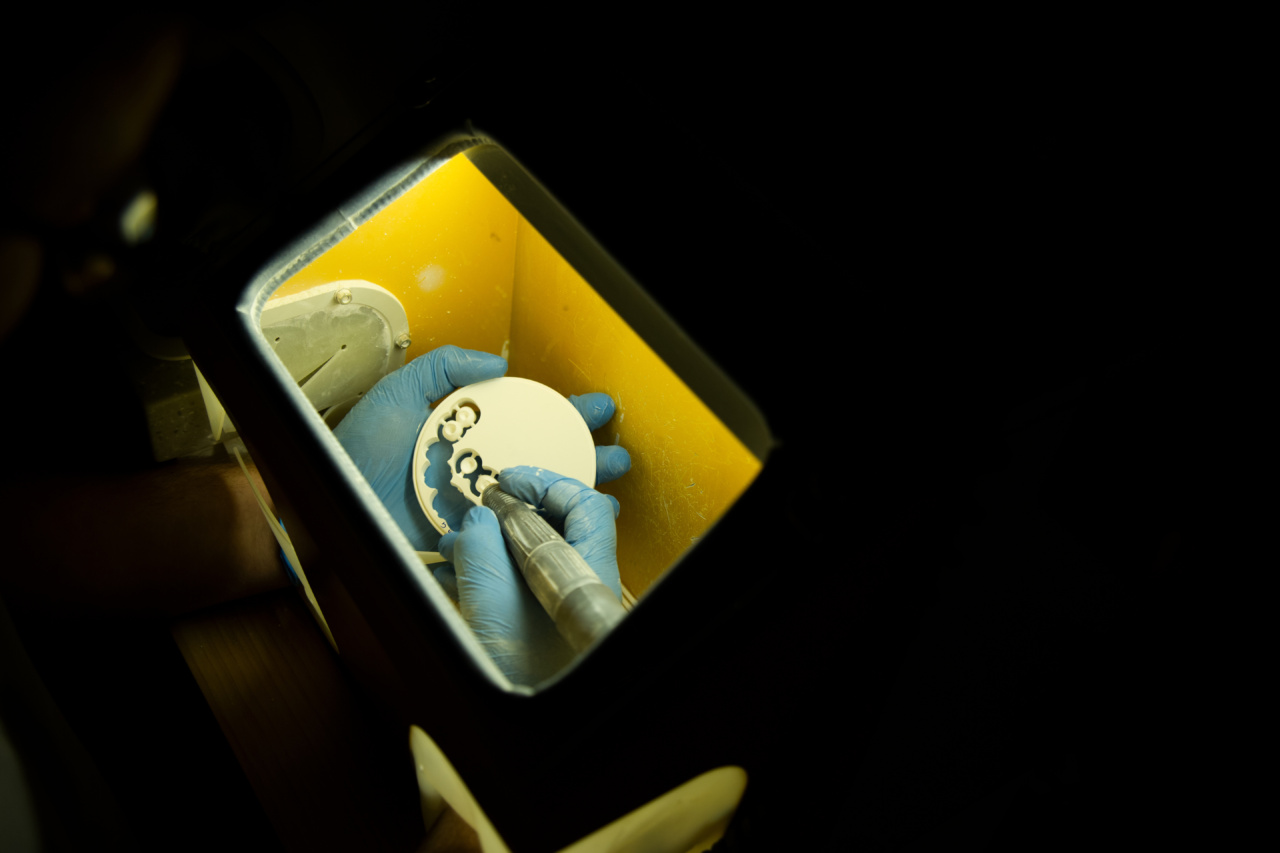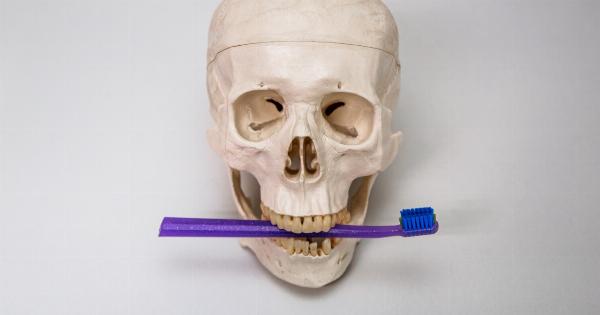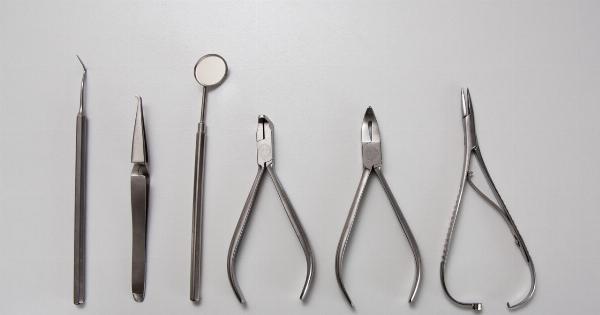Dental implants have become a popular and effective solution for replacing missing teeth. They provide stability and restoration of oral functions, improving patients’ quality of life.
However, in some cases, dental implants may need to be removed from the body due to various factors. This article explores the factors that influence the removal of dental implants and discusses their importance in decision-making processes.
1. Peri-implantitis
Peri-implantitis refers to the inflammation of tissues surrounding dental implants, leading to bone loss and implant failure. If left untreated, this condition can progress and result in the need for implant removal.
Factors contributing to peri-implantitis include poor oral hygiene, smoking, diabetes, and genetic predisposition.
2. Infection
Infections can occur around dental implants, causing pain, swelling, and discomfort. While early-stage infections can often be resolved with antibiotics and improved oral hygiene, persistent or severe infections may require implant removal.
Factors that increase the risk of infection include compromised immune system, poor oral hygiene, and certain medical conditions.
3. Allergic reactions
Sometimes, patients may develop allergic reactions to dental implant materials, such as titanium or nickel. These allergic reactions can manifest as localized inflammation, itching, and discomfort.
In such cases, removing the implant becomes necessary to alleviate the symptoms and prevent further complications.
4. Mechanical complications
Mechanical complications, such as a fractured implant, can occur due to excessive biting forces, trauma, or improper implant placement.
These complications can affect the implant’s stability and functionality, necessitating removal and replacement. Factors that influence mechanical complications include parafunctional habits, such as teeth grinding or clenching, and poor occlusion.
5. Failed osseointegration
Osseointegration refers to the process in which dental implants fuse with the surrounding bone, ensuring their stability. However, in some cases, osseointegration may fail, leading to implant mobility and discomfort.
Factors affecting osseointegration include poor bone quality, smoking, systemic diseases, and inadequate surgical techniques.
6. Nerve or tissue damage
During the placement of dental implants, there is a risk of nerve or tissue damage. If the implant impinges on nerves, it can cause pain, numbness, or tingling sensations.
Similarly, if the implant damages surrounding soft tissues, it may lead to complications and warrant removal.
7. Patient dissatisfaction
While dental implants are generally successful in restoring oral function and appearance, some patients may experience dissatisfaction with the results.
Reasons for patient dissatisfaction can vary, such as improper esthetics, discomfort, or inability to adapt to the implant. In such cases, the patient’s concerns and preferences play a crucial role in the decision for implant removal.
8. Poor bone density or quantity
Adequate bone density and quantity are essential for successful implant placement and osseointegration.
However, if an individual lacks sufficient bone mass or has poor bone quality, the implant may not integrate properly or may become unstable over time. In such cases, implant removal may be necessary to address the underlying bone-related issues.
9. Systemic health issues
Certain systemic health conditions, such as uncontrolled diabetes, autoimmune disorders, or poorly managed cardiovascular diseases, can affect the success of dental implants.
These conditions interfere with the body’s ability to heal and increase the risk of implant failure. In some instances, removal may be required to prevent further complications.
10. Improper implant placement
The accurate placement of dental implants is crucial for their long-term success. Improper implant placement can lead to functional problems, esthetic compromises, and complications.
Factors contributing to improper placement include inadequate surgical planning or technique, inexperienced clinicians, or anatomical limitations. If implant misplacement significantly impacts the patient’s oral health or function, removal may be necessary.
Conclusion
The decision to remove a dental implant is never taken lightly, as implants are designed to be a long-term dental solution.
However, various factors can influence the need for implant removal, such as peri-implantitis, infections, allergic reactions, mechanical complications, failed osseointegration, nerve or tissue damage, patient dissatisfaction, poor bone density or quantity, systemic health issues, and improper implant placement. It is crucial for dental professionals to carefully consider these factors and work closely with patients to determine the most appropriate course of action to ensure optimal oral health and patient satisfaction.































